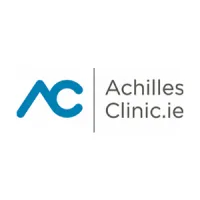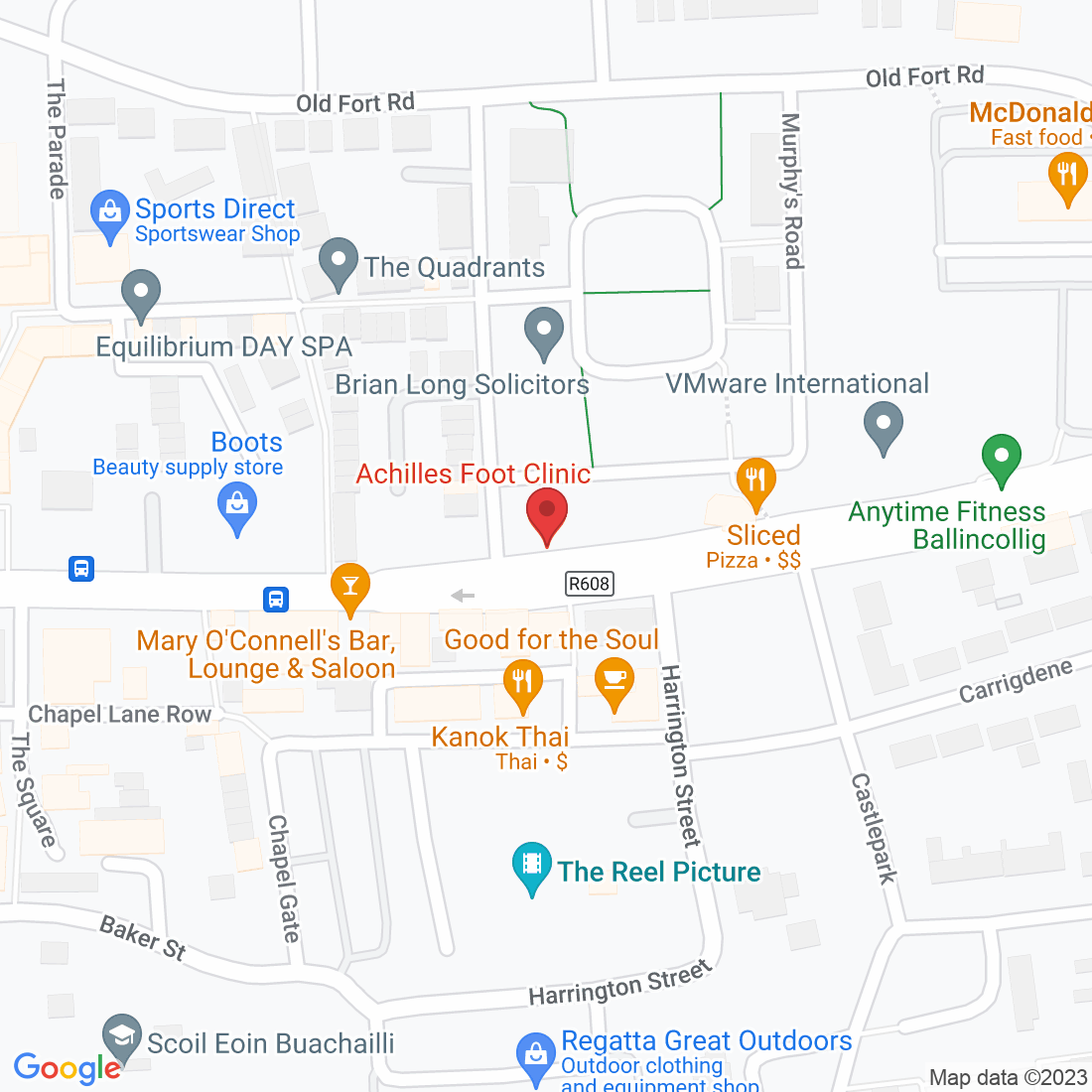October 14, 2025•0 min read
# The Hidden Risks of Ignoring Ingrown Toenails
What starts as a minor annoyance can quickly spiral into a serious medical concern. That tender spot on your big toe might seem like something you can "tough out," but ignoring an ingrown toenail is a gamble with your health that's simply not worth taking. Each year, thousands of people end up in emergency rooms with severe infections that began as a simple ingrown toenail—a completely preventable scenario with proper attention and care.
## Understanding the Domino Effect: How Small Problems Become Big Ones
An ingrown toenail occurs when the edge of your nail grows into the surrounding skin, creating a wound that your body struggles to heal while the nail continues its relentless growth. What makes this condition particularly dangerous is that it creates a perfect storm for complications.
### The Infection Cascade
When your toenail pierces the skin, it creates an open gateway for bacteria. Your feet spend most of the day in warm, moist environments—inside shoes and socks—which happen to be ideal breeding grounds for bacterial growth. What begins as minor inflammation can rapidly progress to cellulitis, a spreading bacterial skin infection that can extend far beyond your toe.
In severe cases, the infection can penetrate deeper, affecting the underlying bone and causing osteomyelitis. This bone infection is notoriously difficult to treat and may require prolonged antibiotic therapy or even surgical intervention. For individuals with diabetes or compromised immune systems, these infections can become life-threatening, potentially leading to gangrene and the need for amputation.
### Chronic Pain and Mobility Issues
Beyond infection, untreated ingrown toenails cause persistent pain that affects your gait and posture. When you unconsciously alter how you walk to avoid discomfort, you create a cascade of biomechanical problems. This compensation can lead to knee pain, hip discomfort, and lower back issues—all stemming from that one neglected toe.
## Recognizing the Warning Signs
Early intervention is crucial, so understanding the symptoms of an ingrown toenail is essential:
- **Redness and swelling** around the nail edge
- **Pain and tenderness** when pressure is applied
- **Warmth** in the affected area
- **Pus or drainage** indicating infection
- **Overgrowth of skin** around the nail (granulation tissue)
- **Foul odor** from the toe
If you notice any signs of infection—increasing redness spreading up your foot, red streaks, fever, or intense throbbing pain—seek immediate medical attention.
## Treatment Options: From Home Care to Professional Intervention
### Home Care for Mild Cases
If caught early, before infection sets in, you may manage an ingrown toenail at home:
- **Soak your foot** in warm water with Epsom salt for 15-20 minutes, three times daily
- **Apply antibiotic ointment** and cover with a clean bandage
- **Wear open-toed shoes** or sandals to reduce pressure
- **Take over-the-counter pain relievers** as directed
However, home treatment should only be attempted for very mild cases and should never replace professional medical advice.
### Professional Treatments
Podiatrists offer several effective treatment options:
**Partial Nail Avulsion**: The podiatrist removes the ingrown portion of the nail under local anesthesia, providing immediate relief.
**Matrixectomy**: For chronic cases, this procedure permanently prevents that section of nail from regrowing by treating the nail matrix with a chemical or laser.
**Antibiotics**: When infection is present, oral or topical antibiotics may be prescribed alongside other treatments.
## When to See a Podiatrist
Don't wait for a minor problem to become a major crisis. Schedule an appointment with a podiatrist if:
- Home treatment shows no improvement within 2-3 days
- You notice any signs of infection
- You have diabetes, peripheral artery disease, or nerve damage in your feet
- You experience recurrent ingrown toenails
- The pain interferes with daily activities
For people with diabetes or circulatory problems, even a seemingly minor ingrown toenail requires immediate professional attention due to elevated risks of serious complications.
## Prevention: Your Best Defense
Preventing ingrown toenails is straightforward:
- **Trim toenails straight across**, never rounded or too short
- **Wear properly fitted shoes** with adequate toe room
- **Choose breathable footwear** to reduce moisture
- **Protect your feet** from injury during sports and physical activities
- **Maintain good foot hygiene**
## Conclusion: Don't Gamble with Your Foot Health
An ingrown toenail might seem like a minor inconvenience, but the hidden risks of ignoring this condition can lead to serious, even life-threatening complications. From severe infections to chronic pain and mobility issues, the consequences far outweigh the discomfort of seeking timely treatment.
If you're experiencing symptoms of an ingrown toenail, don't wait for the problem to worsen. Contact a qualified podiatrist today to receive proper care and prevent complications. Your feet carry you through life—they deserve professional attention when problems arise.
Achilles Foot Clinic, Main Street, Ballincollig P31 HE00, 0212021001










